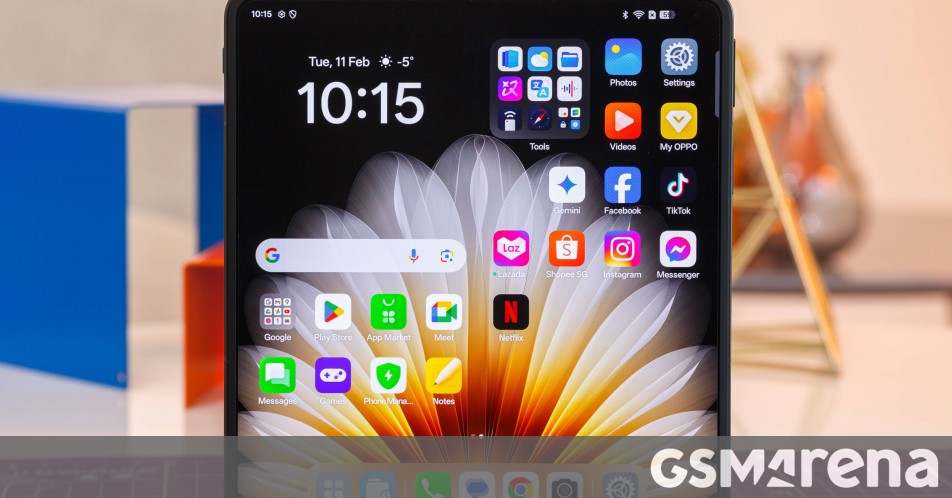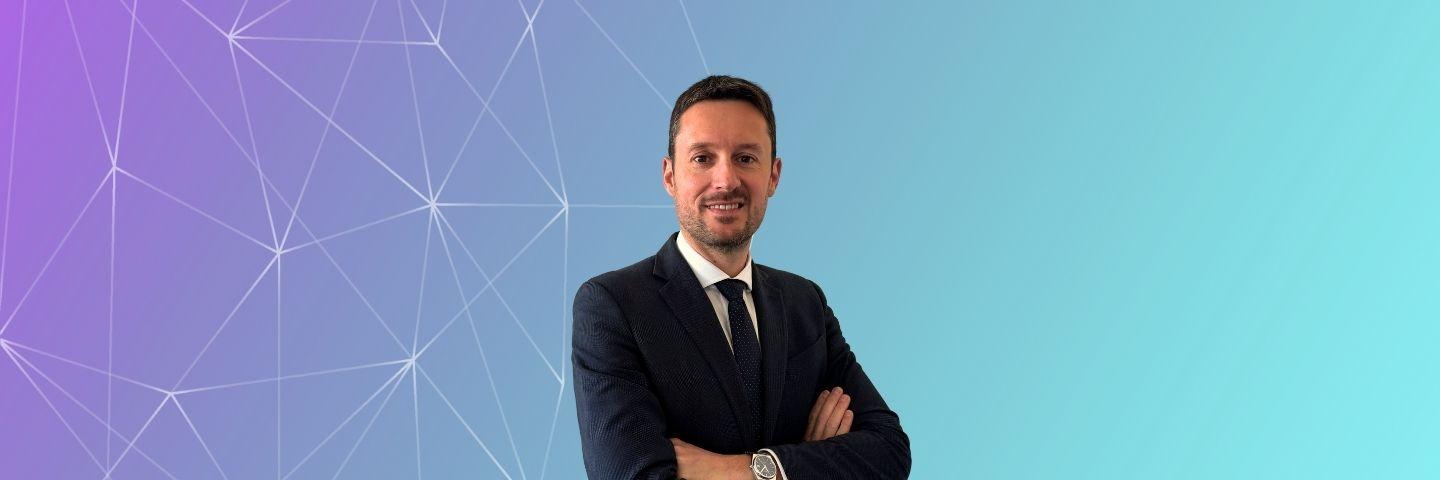The Oppo Find N5 launched back in February, and now Oppo is hard at work on its successor, which we assume will be called Find N6. Today in China some fresh details about the upcoming device have been outed.
The Find N6 is said to have an…

The Oppo Find N5 launched back in February, and now Oppo is hard at work on its successor, which we assume will be called Find N6. Today in China some fresh details about the upcoming device have been outed.
The Find N6 is said to have an…

The precise manipulation of quantum fluids holds immense potential for developing advanced sensing technologies, and recent work by A. Chaika, A. O. Oliinyk, and I. V. Yatsuta, alongside colleagues M. Edwards, N. P. Proukakis, and T. Bland,…

The US Department of Justice is probing market volatility at a Hong-Kong based traditional Chinese medicine company after a stock surge briefly made its value soar 46,000%.
The DOJ sent a subpoena to Regencell Bioscience Holdings Ltd. to turn over documents and communications concerning trading in the company’s shares “and other corporate operational, financial and accounting matters,” according to the company’s financial report filed with the US Securities and Exchange Commission on Friday in Washington.

Austin Reaves’ 34.2 points per game is 2nd in the NBA among all players with at least five appearances.
NBA.com is your one-stop shop for everything Emirates NBA Cup.
With Group Play cup nights beginning…

How does water form on exoplanets and what could this mean for the search for life beyond Earth? This is what a recent study published in Nature hopes to address as an international team of scientists investigated the processes…

Oct 31 (Reuters) – Central Bancompany said on Friday that it was targeting a valuation of up to $5.72 billion in its U.S. initial public offering, in a rare move for a U.S. bank looking for a fresh flotation.
The Jefferson City, Missouri-based lender is looking to raise as much as $426.7 million by offering 17.8 million shares priced between $21 and $24 each and reinforcing a strong demand for IPOs in the market.
Sign up here.
However, a government shutdown in October has pulled the brakes on appetites for IPOs, hindering activity with short-term delays.
“The United States government shutdown took the Securities and Exchange Commission offline at exactly the wrong time, like a DJ walking away mid-drop,” said Michael Ashley Schulman, partner and chief investment officer at Running Point Capital.
Since the 2008 financial crisis, U.S. bank IPOs have been rare, as tighter regulations, rising compliance costs and market volatility reduced the appeal of public listings.
“For banking and finance specialists that have seen their pool grow smaller through M&A (and the occasional bellyflop), this will be a welcome addition,” Schulman said.
Central Bancompany has total balance sheet assets of $19.2 billion and wealth assets under advice of $15.4 billion, serving consumers and businesses in Missouri, Kansas, Oklahoma, Colorado and Florida.
Morgan Stanley and Keefe, Bruyette & Woods are the joint lead book-running managers for the offering.
Central Bancompany intends to list its shares on the Nasdaq Global Select Market under the ticker symbol “CBC”.
Reporting by Pritam Biswas in Bengaluru; Editing by Alan Barona
Our Standards: The Thomson Reuters Trust Principles.

He proudly celebrates his upcoming 20th anniversary at Leonardo. Having joined the company as a graduate student in Electronic Engineering at the University of Genoa, writing a thesis on security applied to networking equipment, 43-year-old electronic engineer Enrico Giacobbe has held numerous positions, from developing products for defence and space to providing security services for institutions and critical infrastructure, prior to his current role as Head of Global Cyber Consultancy & Advisory. This is a high responsibility role, leading a team of about 100 people in Italy and abroad, which designs and manages security solutions for over 160 customers worldwide.
“The Global CyberSec Center manages end-to-end security for the Division’s customers, carrying out projects and providing services ranging from predictive analysis, protection and real-time monitoring to cyber incident response. Leonardo‘s work is crucial for protecting strategic assets, including critical data and infrastructure, for the benefit of public administrations, institutions and companies,” explains Enrico. In a context of hybrid threats and geopolitical upheavals, the work carried out by this international team guarantees security for numerous organisations.
This sector is rapidly growing, which is why Leonardo has developed a targeted programme for recruiting young talent with STEM training. “We are looking for talented young people who are capable, passionate and motivated by desire to learn, become professionals and grow within the company: this is why we consider our collaboration with Higher Technical Institutes (ITS) and universities to be very fruitful. I tell new recruits about my career path, because I understand the uncertainties and doubts of those in their twenties who are taking their first steps in a large company. But,” Enrico adds, “as it was for me, there are many opportunities at Leonardo: it is a company that allows you to gain important international experience and that values people who are committed to achieving short- and long-term goals with competence and a strong sense of responsibility.”
Enrico’s suitcase is always packed and ready to meet clients and partners in Italy and Europe: “I obtained a diploma in electronics and a degree in electronic engineering, and then went on to work in cybersecurity with a business perspective.” Half-jokingly, he adds: “One of two things: am I a boring person? I would say, rather, a consistent person.”

In a leap that could reshape how scientists study the human body in space, researchers at ETH Zurich have successfully 3D printed muscle tissue in conditions mimicking weightlessness.
The achievement brings scientists closer to producing…

Pfizer is suing over some unsolicited competition in its nearly $5 billion bid to buy the drugmaker Metsera.
New York-based Pfizer said Friday after markets closed that it was suing Metsera and a third drugmaker, Denmark’s Novo Nordisk, over a bid for Metsera that Novo announced Thursday.
Novo said it planned to buy Metsera in a deal that could be worth up to $9 billion, and Metsera said the offer appeared to be superior to Pfizer’s bid, which was announced in September.
Metsera Inc. has no products on the market, but it is developing potential oral and injectable treatments. That includes some potential treatments that could target lucrative fields for obesity and diabetes.
Novo already has the treatments Wegovy and Ozempic on the market in those respective categories.
Pfizer said the offer from Novo cannot be considered superior to its bid because it carries significant regulatory risk that makes it unlikely to be completed.
Pfizer, which ended development of a potential pill to treat obesity this spring, also said Novo’s offer represents “an illegal attempt by a company with a dominant market position to suppress competition.”
Representatives of both Novo and Metsera did not immediately respond to requests for comment from The Associated Press.